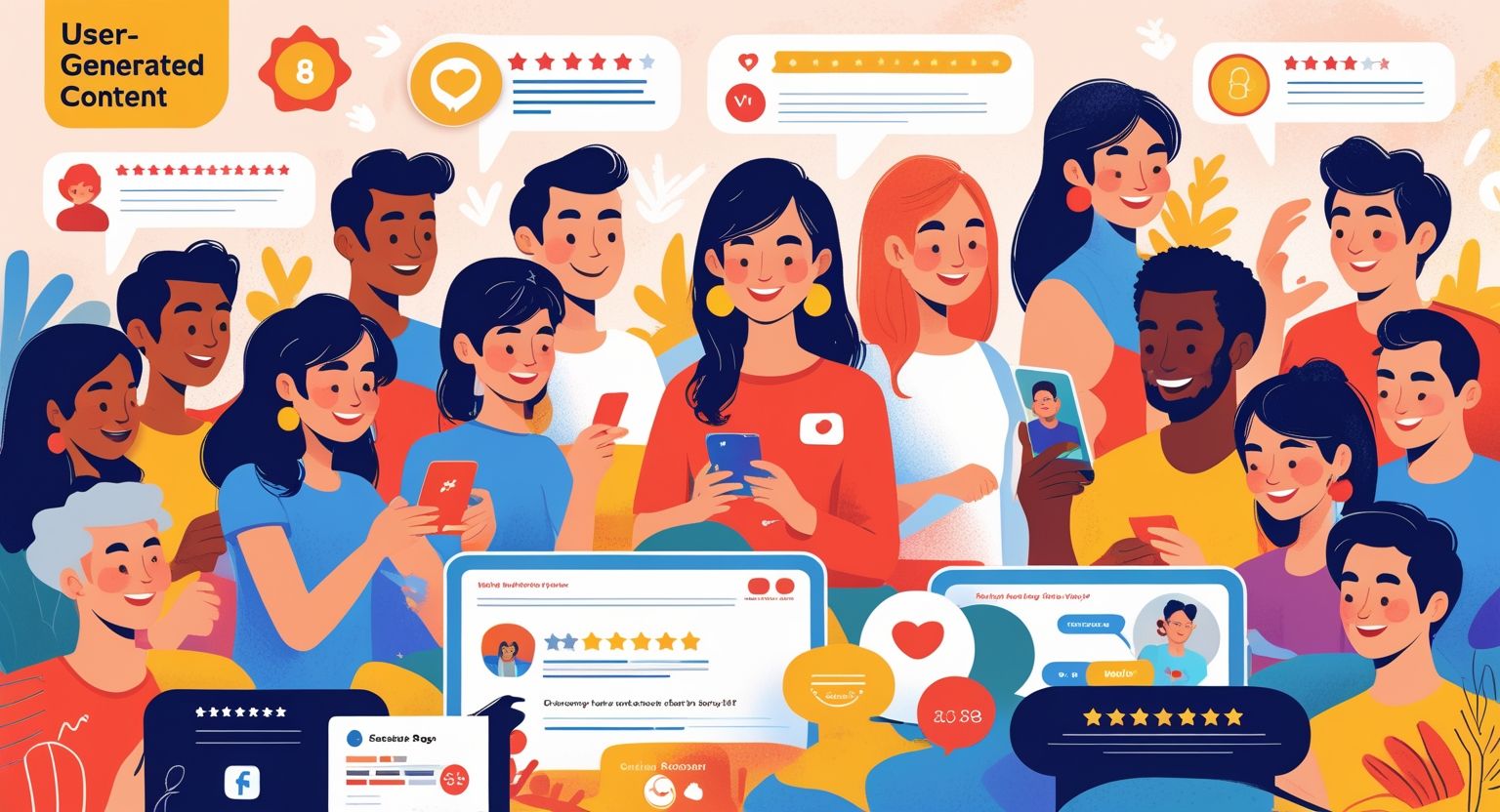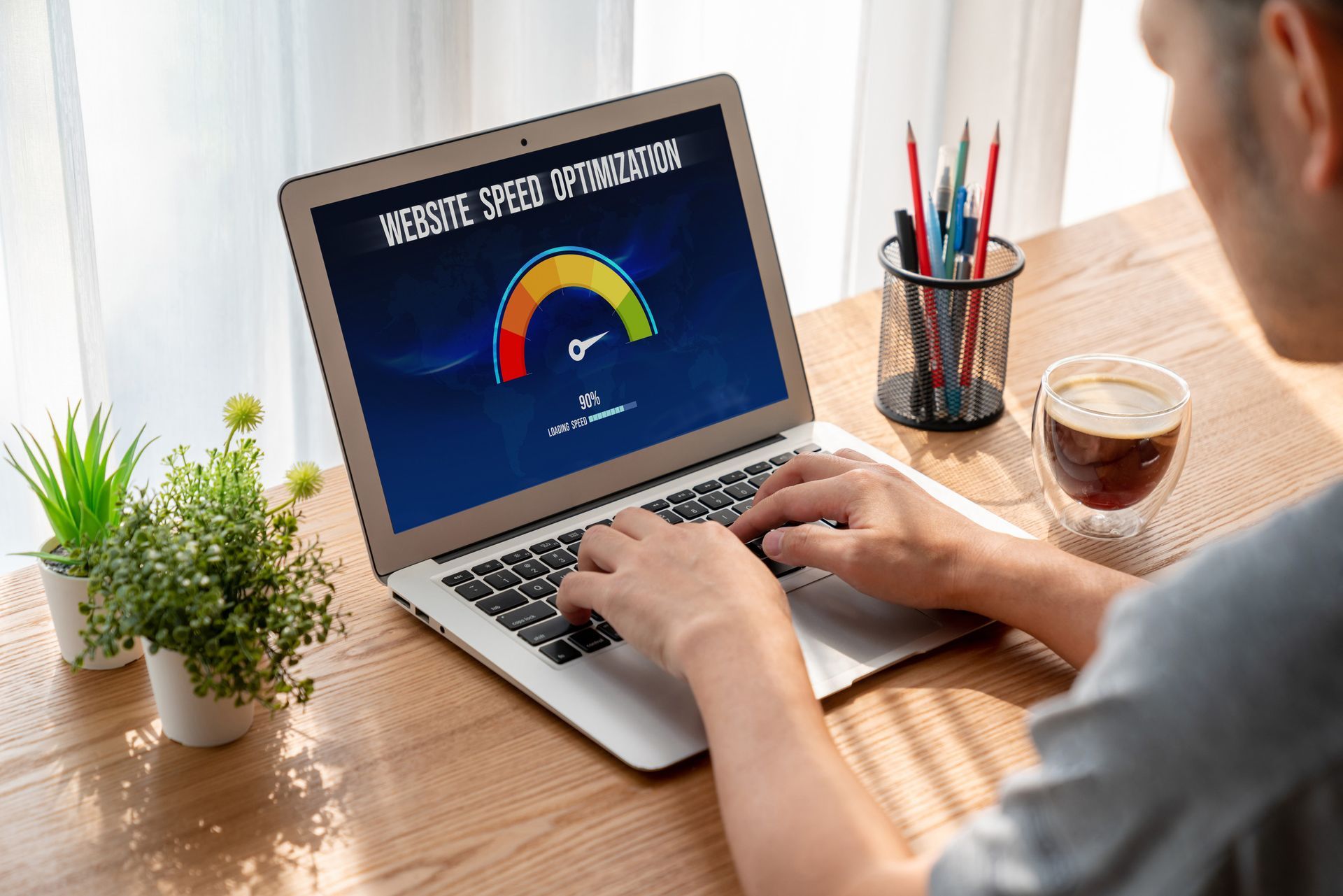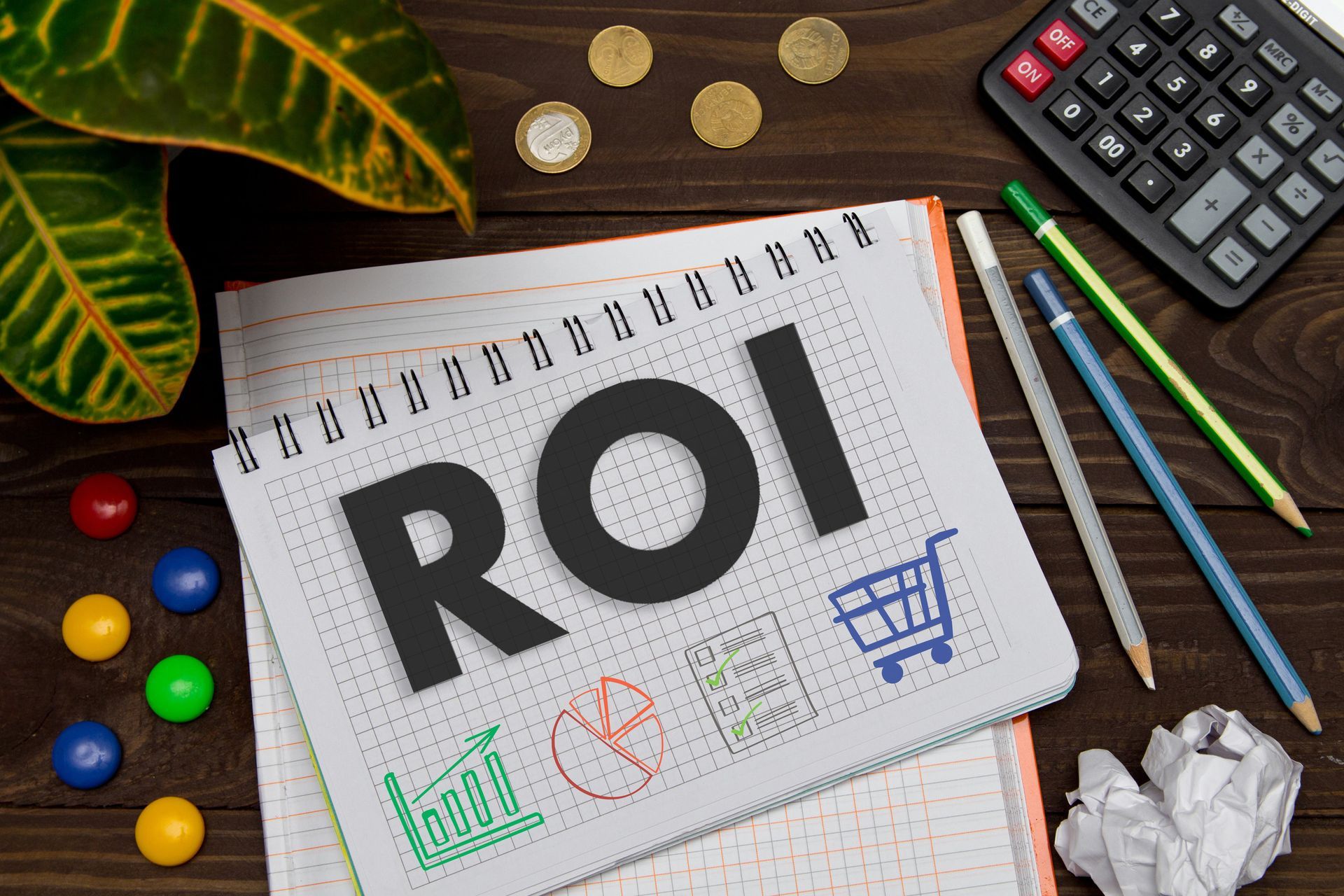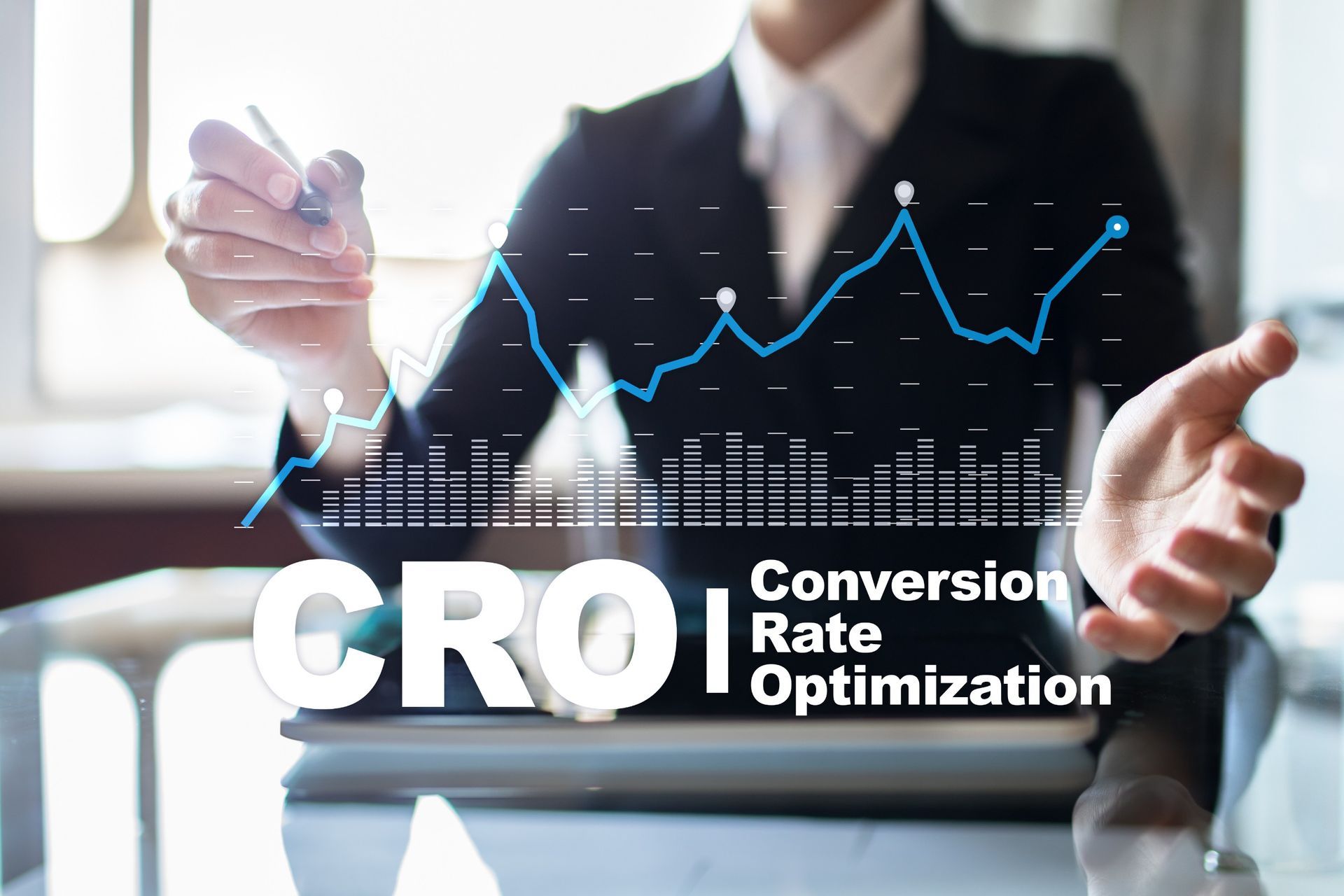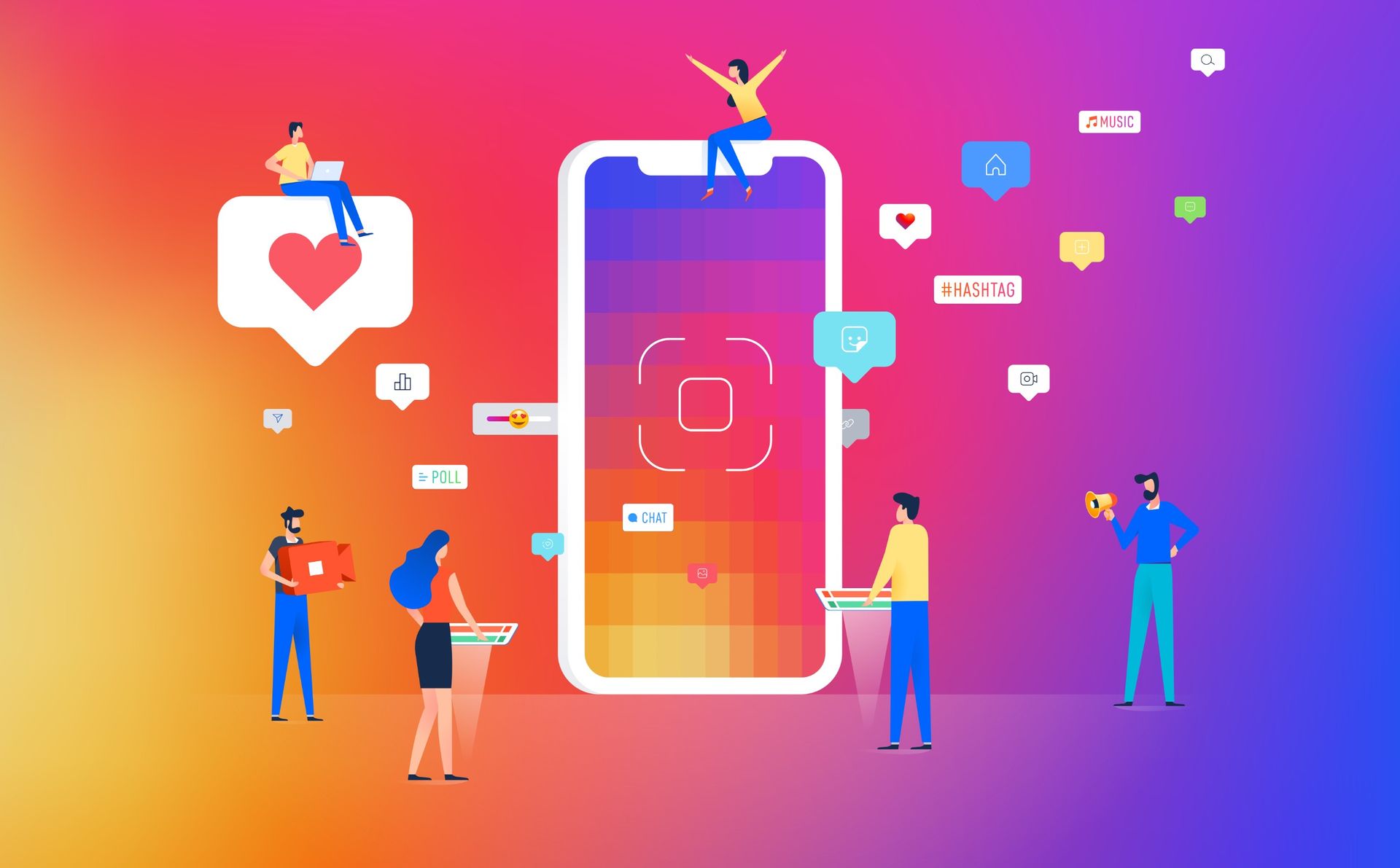Facebook Ads Manager: A Beginner's Complete Guide
Running Facebook ads can feel overwhelming when you're just starting out. With over 2.9 billion active users, Facebook offers incredible opportunities to reach your target audience, but navigating Facebook Ads Manager requires some know-how.
This comprehensive guide will walk you through everything you need to know to launch your first successful Facebook advertising campaign.
Whether you're a small business owner looking to expand your reach or a marketing professional diving into social media advertising, mastering Facebook Ads Manager is essential for digital success. Let's break down this powerful platform step by step.
What is Facebook Ads Manager?
Facebook Ads Manager is Meta's comprehensive advertising platform that allows businesses to create, manage, and track their Facebook and Instagram advertising campaigns. This centralized dashboard gives you complete control over your ad spend, targeting options, creative assets, and performance metrics.
The platform serves as your command center for all Facebook advertising activities. You can create multiple campaigns, test different ad formats, monitor real-time performance, and adjust your strategy based on data-driven insights. Understanding how to use this tool effectively can transform your digital marketing efforts.
Setting Up Your Facebook Ads Manager Account
Creating Your Business Manager Account
Before diving into ad creation, you need to set up Facebook Business Manager. This free tool helps you organize your ad accounts, pages, and team members in one secure location.
Start by visiting business.facebook.com and clicking "Create Account." You'll need to provide your business name, your name, and your business email address. Facebook will send a confirmation email to verify your account.
Once verified, you can add your Facebook page to Business Manager. Navigate to "Business Settings" and click "Pages" in the left sidebar. Add your existing page or create a new one if needed.
Adding Payment Methods
Setting up your payment method is crucial before launching any campaigns. In Business Manager, go to "Business Settings" and select "Payment Methods." You can add credit cards, debit cards, or PayPal accounts.
Facebook charges your payment method after your ads start running. You can set account spending limits to control your budget and avoid unexpected charges. This feature is particularly helpful for beginners who want to test campaigns with limited budgets.
Creating Your First Ad Account
An ad account houses your campaigns, ad sets, and individual ads. Business Manager allows you to create multiple ad accounts for different businesses or clients. To create your first ad account, go to "Business Settings" and click "Ad Accounts."
Choose your time zone and currency carefully, as these settings cannot be changed later. Select the time zone where your business operates and the currency you want to use for billing.
Understanding Facebook Ads Manager Structure
Campaign Level
The campaign level is where you define your advertising objective. Facebook offers several objectives organized into three categories:
Awareness objectives help you reach people who are more likely to pay attention to your ads. These include Brand Awareness and Reach campaigns.
Consideration objectives encourage people to start thinking about your business. These include Traffic, Engagement, App Installs, Video Views, Lead Generation, and Messages campaigns.
Conversion objectives encourage people to purchase or use your product or service. These include Conversions, Catalog Sales, and Store Traffic campaigns.
Ad Set Level
The ad set level controls who sees your ads, where they appear, and how much you spend. This is where you define your target audience, placement options, budget, and schedule.
Audience targeting includes demographics, interests, behaviors, and custom audiences. You can create audiences based on website visitors, customer lists, or people who have engaged with your content.
Budget and scheduling options allow you to set daily or lifetime budgets. You can run ads continuously or schedule them for specific dates and times.
Ad Level
The ad level contains your creative assets—images, videos, text, and call-to-action buttons. This is where you craft the message that will appear in your audience's news feed.
You can create multiple ads within a single ad set to test different creative approaches. Facebook's algorithm will automatically show the best-performing ads more frequently.
Creating Your First Facebook Ad Campaign
Step 1: Choose Your Campaign Objective
Start by clicking the green "Create" button in Ads Manager. Select your campaign objective based on your business goals. For beginners, Traffic or Conversions are often good starting points.
If you're promoting a website, choose Traffic to drive visits to your site. If you have conversion tracking set up, choose Conversions to optimize for specific actions like purchases or sign-ups.
Step 2: Set Up Your Ad Set
Name your ad set something descriptive that you'll remember later. Then define your target audience using Facebook's detailed targeting options.
Start with basic demographics like age, gender, and location. Then layer on interests and behaviors relevant to your business. For example, a fitness business might target people interested in "Health and wellness" or "Fitness and wellness."
Facebook will show you your potential reach as you refine your targeting. Aim for an audience size that's neither too broad nor too narrow—typically between 1,000 and 50,000 people for beginners.
Step 3: Choose Your Placements
Facebook automatically places your ads across its family of apps and services, including Facebook, Instagram, Messenger, and the Audience Network. For beginners, automatic placements often work well because Facebook's algorithm finds the most cost-effective placements.
As you gain experience, you can choose manual placements to control exactly where your ads appear. This gives you more control but requires more testing and optimization.
Step 4: Set Your Budget and Schedule
Decide between a daily budget (the average amount you want to spend per day) or a lifetime budget (the maximum amount you want to spend over the entire campaign duration).
Daily budgets work well for ongoing campaigns, while lifetime budgets are better for campaigns with specific start and end dates. Start with a modest budget—you can always increase it if your ads perform well.
Creating Effective Ad Creative
Image and Video Best Practices
Visual content drives engagement on Facebook. Use high-quality images that are bright, clear, and eye-catching. Avoid images with too much text, as Facebook may limit their reach.
Videos often perform better than static images because they capture attention in the news feed. Keep videos short and engaging, with captions for viewers who watch without sound.
Writing Compelling Ad Copy
Your ad copy should be concise and action-oriented. Start with a hook that grabs attention, then explain the value proposition clearly. End with a strong call-to-action that tells people exactly what you want them to do.
Use language that speaks directly to your target audience. If you're targeting busy professionals, emphasize time-saving benefits. If you're targeting budget-conscious consumers, highlight value and savings.
Choosing the Right Call-to-Action
Facebook offers various call-to-action buttons like "Learn More," "Shop Now," "Sign Up," and "Contact Us." Choose the button that best matches your campaign objective and desired user action.
Test different call-to-action buttons to see which generates the best results for your specific audience and offer.
Monitoring and Optimizing Your Campaigns
Key Metrics to Track
Facebook provides detailed performance metrics for your campaigns. Focus on metrics that align with your objectives:
- Click-through rate (CTR) measures how often people click your ad after seeing it
- Cost per click (CPC) shows how much you pay for each click
- Conversion rate tracks how many clicks result in desired actions
- Return on ad spend (ROAS) measures revenue generated per dollar spent
Making Data-Driven Optimizations
Review your campaign performance regularly—daily for active campaigns, weekly for established ones. Look for patterns in your data and make adjustments based on what's working.
If your CTR is low, test new creative assets or refine your targeting. If your CPC is high, consider expanding your audience or adjusting your bid strategy.
A/B Testing Your Ads
Test different elements of your campaigns to improve performance. You can test audiences, creative assets, ad copy, or placement options. Facebook's built-in A/B testing feature makes it easy to compare different versions of your ads.
Run tests for at least a few days to gather sufficient data. Make one change at a time so you can identify what specifically impacts performance.
Advanced Facebook Ads Manager Features
Custom Audiences
Custom audiences let you target people who have already interacted with your business. You can create audiences based on:
- Website visitors using Facebook Pixel
- Customer email lists
- People who engaged with your Facebook or Instagram content
- App users
These audiences often convert better because they're already familiar with your brand.
Lookalike Audiences
Lookalike audiences help you reach new people who are similar to your existing customers. Facebook analyzes your source audience and finds people with similar characteristics and behaviors.
Start with a source audience of at least 1,000 people for best results. You can choose the size of your lookalike audience—smaller percentages are more similar to your source audience but reach fewer people.
Facebook Pixel Setup
Facebook Pixel is a piece of code that tracks actions on your website. It helps you measure ad performance, optimize for conversions, and create remarketing audiences.
Install the pixel on every page of your website. Most website platforms offer easy integration options, or you can manually add the code to your site's header.
Common Facebook Ads Mistakes to Avoid
Targeting Too Broadly or Too Narrowly
Broad targeting might seem like a good way to reach more people, but it often leads to wasted spend on uninterested audiences. Conversely, overly narrow targeting can limit your reach and increase costs.
Find the sweet spot by starting with moderately specific targeting and adjusting based on performance data.
Ignoring Mobile Optimization
Most Facebook users access the platform on mobile devices. Ensure your ads look good on small screens and your landing pages load quickly on mobile connections.
Use vertical or square image formats that work well on mobile feeds. Keep text concise and easy to read on mobile devices.
Setting Unrealistic Expectations
Facebook advertising takes time to optimize and show results. Don't expect immediate success—give your campaigns time to gather data and improve performance.
Start with realistic goals and budgets. You can always scale successful campaigns later.
Working with a Digital Marketing Company
Managing Facebook advertising can be complex and time-consuming. Many businesses find success working with experienced digital marketing professionals who understand the platform's intricacies.
A skilled digital marketing company in Maryland can help you develop comprehensive strategies that integrate Facebook advertising with other marketing channels. They bring expertise in audience targeting, creative development, and performance optimization that can accelerate your results.
Professional agencies also have access to advanced tools and beta features that individual advertisers might not have. They can manage multiple campaigns simultaneously while providing detailed reporting and strategic recommendations.
Taking Your Facebook Advertising to the Next Level
Facebook Ads Manager offers powerful tools for reaching your target audience and growing your business. Start with the basics—clear objectives, well-defined audiences, and compelling creative—then gradually incorporate advanced features as you gain experience.
Remember that successful Facebook advertising requires ongoing testing, optimization, and adaptation. The platform continuously evolves, introducing new features and changing best practices.
Stay informed about updates and be willing to adjust your approach based on performance data.
Consider partnering with a Facebook marketing expert or agency to help you maximize your advertising efforts. They can provide valuable insights and support in creating effective campaigns that reach your specific target audience.
Looking to take your Facebook advertising to the next level?
Take the first step today. Contact us to schedule a consultation and learn how we can create impactful campaigns tailored to your goals, ensuring you get the results you deserve. As the
best digital marketing agency in Maryland, we focus on strategies that drive measurable growth, strengthen your online presence, and connect you with the right audience at the right time.
